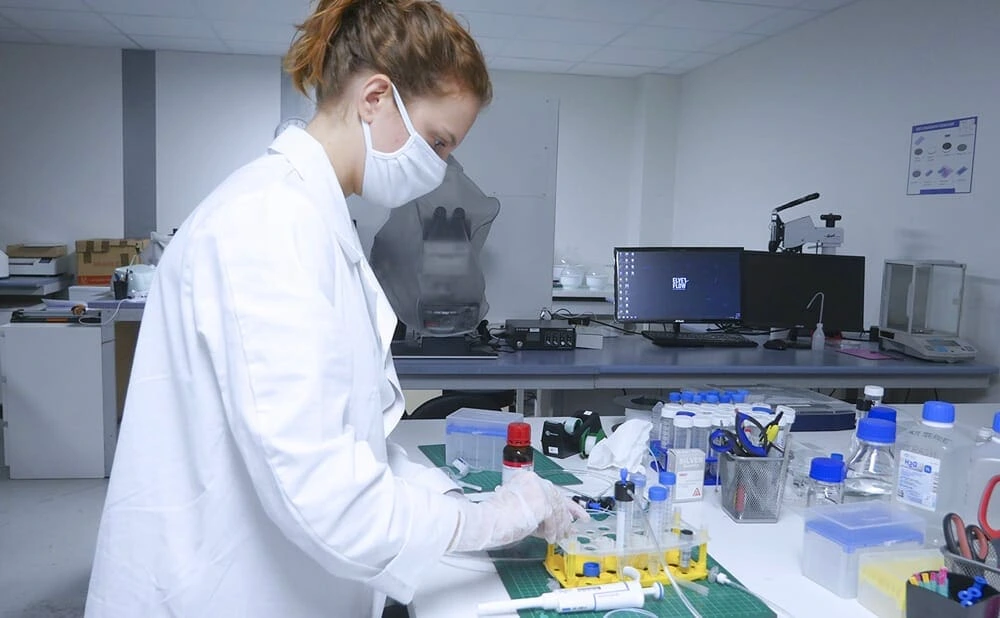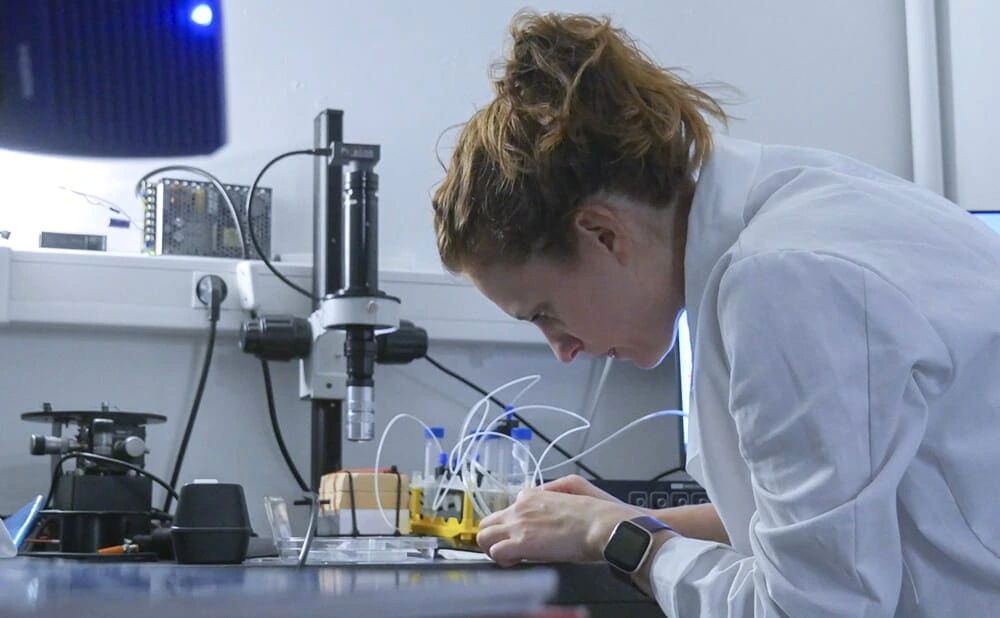Camila Betterelli Giuliano & the origins of life
Publication Date
Keywords
Origins of life
encapsulate chemical reactions
lipid vesicles
multivesicular vesicles
pH Control
Your microfluidic SME partner for Horizon Europe
We take care of microfluidic engineering, work on valorization and optimize the proposal with you
My microfluidic career – Origins of life
What can you achieve with microfluidics? What are the practical applications of microfluidics to a field of research, and how could microfluidics help your research career?
We asked our research team for you. My Microfluidic Careers pages give you a realistic, no-frills idea of the wide variety of projects that can benefit from microfluidics.

Camila Betterelli Giuliano worked on the ProtoMet project, which received funding from the European Union’s Horizon 2020 MSCA-ITN under grant agreement No 813873. She has since continued her career at the MIC as Microfluidics Innovation Specialist, making sure our project developments answer real market needs.
What is the most interesting thing about your project?
“I’m trying to recreate lipid vesicles, using microfluidics to encapsulate chemical reactions that could have happened in early Earth.”
How did you transition from your previous research field to microfluidics?

Which task seems impossible without microfluidics?
How does this project push back the current state of the art?
“Our goal is to use these multivesicular vesicles as tools to shine a light into the origins of life.”
Do you already know what challenges in research you want to tackle next?

The next step in my project is to think more about the environment surrounding these early Earth chemical reactions and compartments.
My goal is to design a microfluidics platform to closely control pH, an important parameter for prebiotic Earth.
Curious about the Protomet project and Camila’s work? She went into its details in the Protomet project page and her webinar The origins of life meet microfluidics.
In addition, you can check out these reviews written by Camila:
Droplet encapsulation for biological applications
Multivesicular microfluidic vesicles for drug delivery and artificial cells
Microfluidic flow cells: off-chip pH monitoring for organ-on-a-chip